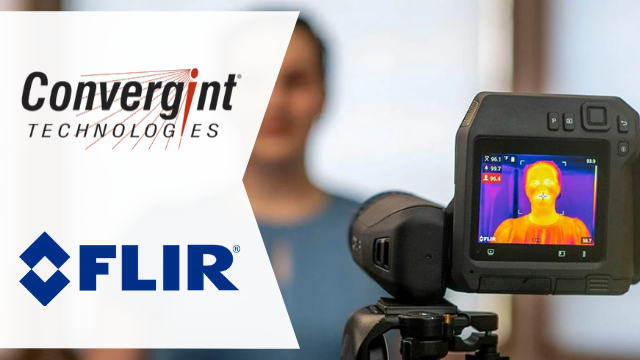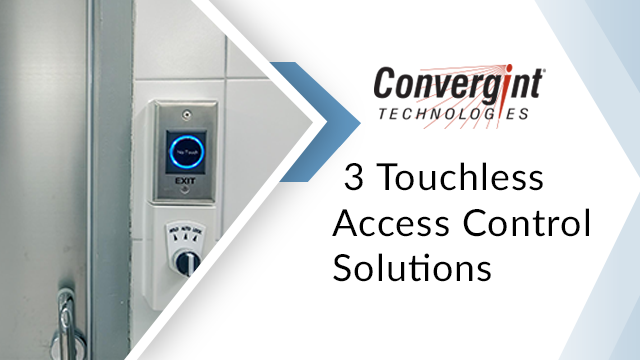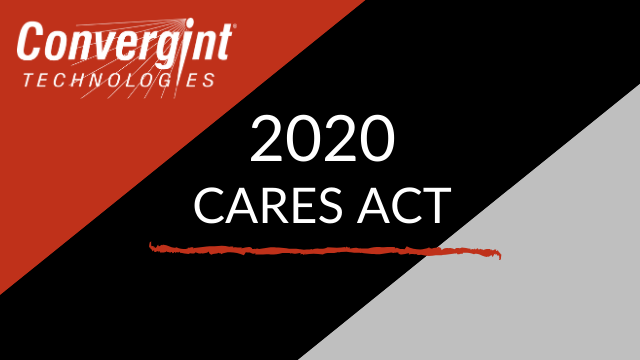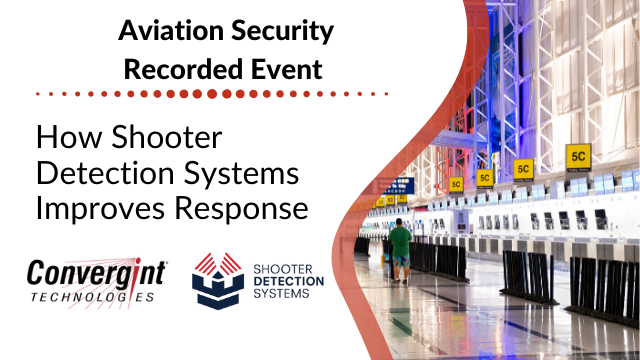As companies start to plan for re-entry to the workplace, many are considering a scalable and quick way to screen employees, visitors, and contractors before entry. Thermal imaging cameras are being examined as a way to do this, but there is still a lot that is misunderstood about the screening capabilities. Below, Convergint’s Doug Greenwald from the Advanced Solutions Team and Matt Strautman from FLIR Systems discuss these misconceptions and how to decipher facts from fiction with thermal cameras.
As with many aspects of the current environment, there is a lot of misinformation circulating, and there are bad actors trying to capitalize on the crisis situation. Companies that are interested in evaluating thermal imaging cameras must proceed with caution and have a very tight scope-of-work defined. The supply chain for thermal imaging sensors is stretched very thin with extended lead times that are changing daily. In addition to thermal imaging solutions, companies should consider alternative COVID-19 risk mitigation actions, including changes to policies and procedures, using access control to track potential COVID-19 exposure, monitoring and managing workforce health, and using remote tools to manage vacant facilities. It’s imperative organizations have the right counsel to navigate solutions available and determine the best application to fit the various environments and applications.







